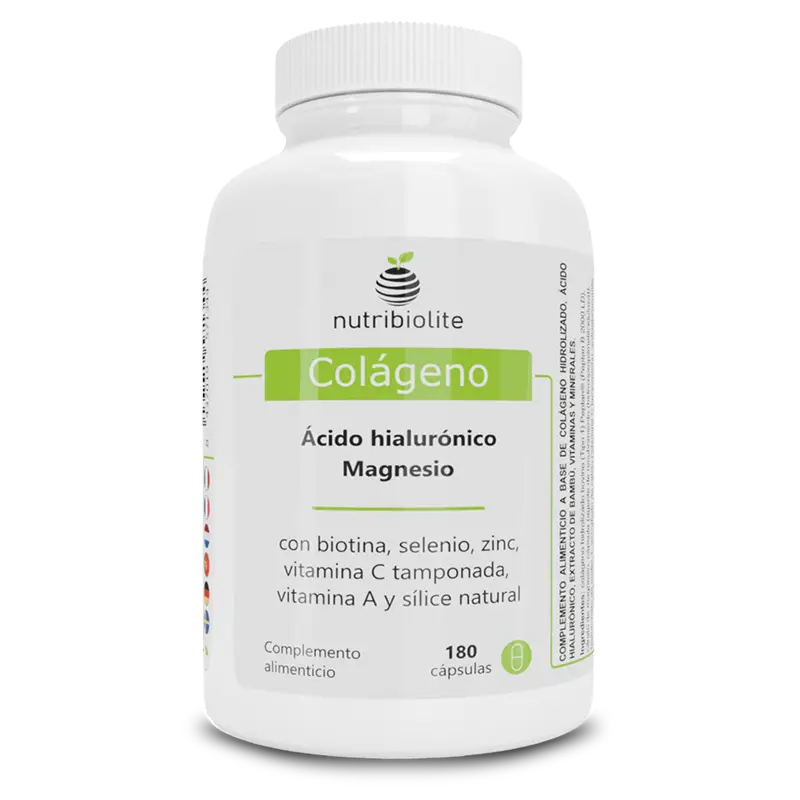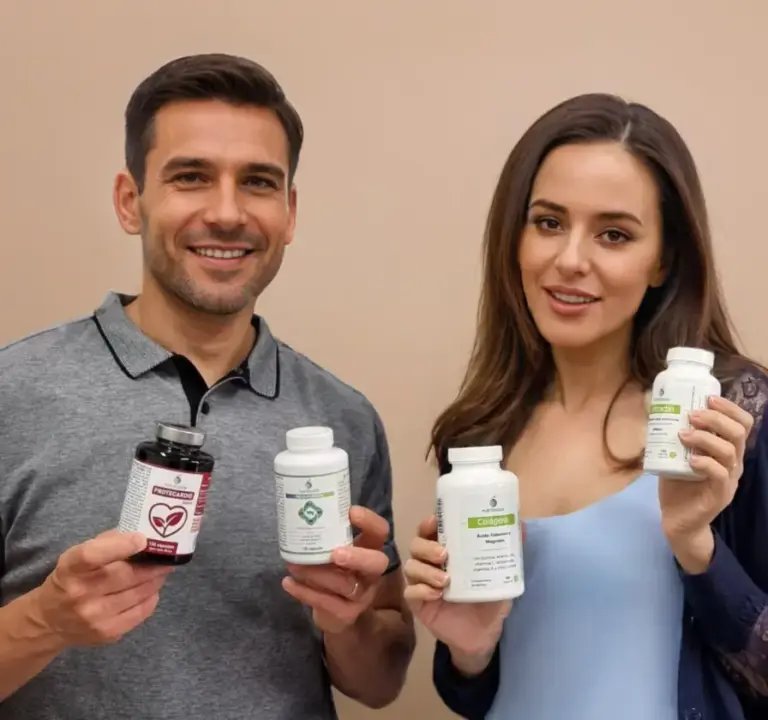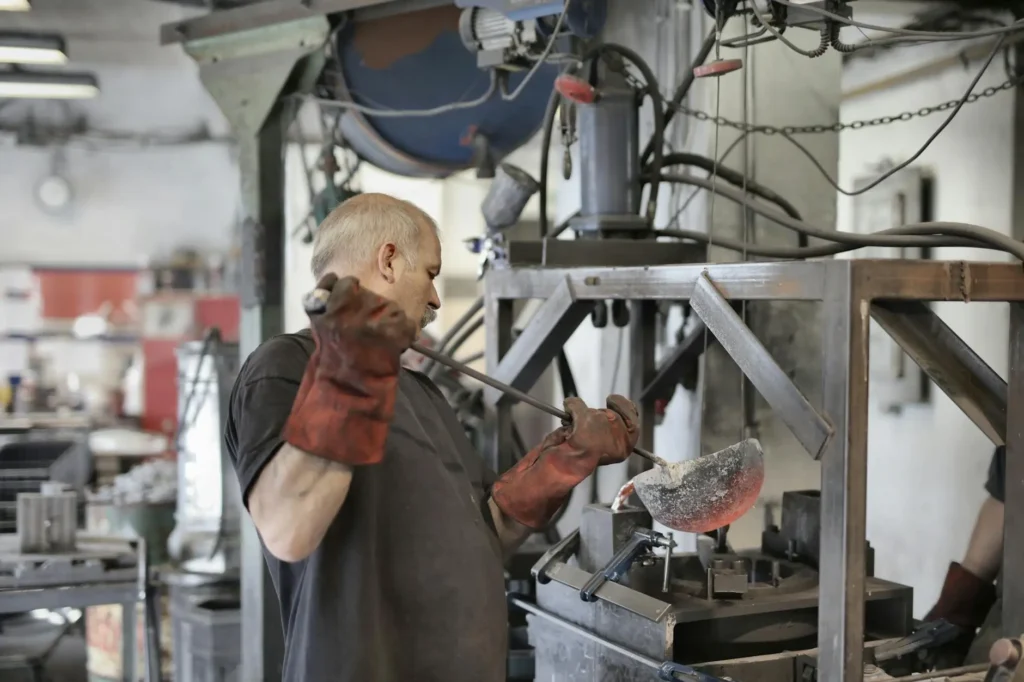A recent clinical study, published in 2025 in the Journal of cosmetic dermatology(study in Journal of cosmetic dermatology 2025), tested a combination of focused ultrasound and microneedle radiofrequency on 26 people with facial sagging. After a single session, the side treated in combination showed smoother skin with fewer wrinkles, finer pores and more attenuated blemishes, as well as a slight thinning of fat in the cheeks and maseterine area.
In short, the study shows that when skin is worked on in layers, from the surface to the deeper structures, the face can gain firmness, more even texture and a more defined contour in just three months. For anyone who looks in the mirror and feels that their skin no longer responds the same, this research opens an interesting door, because it connects dermatological technology with something very basic – the body’s ability to reshape its own collagen.
What this study means for your skin on a day-to-day basis
The researchers compared two halves of each person’s face. One side received only focused micro-ultrasound, the other combined that technique with fractionated microneedle radiofrequency. They assessed texture, wrinkles, pores, blemishes and redness with an advanced photographic system, as well as facial fat thickness by ultrasound, over three months.
The side with combined treatment improved more. There were greater reductions in wrinkles, visible pores, brown spots and red areas, along with a clearer decrease in subcutaneous fat in the cheek and masseter area. Over 90% of people were satisfied and side effects were mild and transient, mainly redness and some swelling. In other words, the face looked firmer and more uniform without undergoing surgery.
Multilayered, like a well-built house, this is how you rejuvenate skin
The central idea of the work is simple. Skin ages in layers. On the surface, blemishes and enlarged pores appear, in the dermis the collagen and elastin network weakens, and further down, fat and supporting tissues change. The study shows that when several depths are targeted in the same session, the skin’s response is more complete.
Focused microultrasound precisely heats the deep dermis and the fibrous layer that supports the facial musculature. This causes small areas of “thermal micro-injury” that the body repairs by generating new collagen and tightening the tissues. Radiofrequency microneedling, on the other hand, works at different depths of the dermis, improves texture, helps refine pores, smoothes fine wrinkles and promotes a more even distribution of pigmentation.
We can think of it as a well-planned overhaul. One technique reinforces pillars and beams, the other smoothes walls, corrects irregularities and evens out colour. The result is not a new face, it is the same structure, but better organised and with renewed materials.
The skin responds when it is given a reason to regenerate itself.
Basically, this study is about something very physiological. When an area of skin is given a controlled stimulus, by heat or micro-injury, a repair cascade is activated. Fibroblasts, the cells that make collagen and hyaluronic acid, go to work. Over time, the old fibres are reorganised and new, denser and better aligned fibres are formed.
However, this responsiveness depends on what the body has available. Remodelling with a warehouse full of bricks, cement and water is not the same as remodelling with empty shelves. Therefore, beyond the technology applied in the consultation, nutritional status, rest, sun exposure and daily habits determine how much the skin can take advantage of this regenerative impulse.
Simple habits to support skin regeneration
These types of treatments are not accessible to everyone, nor are they the only way to care for the skin. What they do remind us is that the skin responds to the stimuli and resources we give it every day. Getting enough sleep, protecting yourself from the sun, avoiding smoking and maintaining a diet rich in quality proteins, fruit and vegetables are the silent basis of any real rejuvenation.
It also helps to create small rituals. Gently cleanse the skin, use photoprotection on a daily basis, introduce light textures that moisturise without irritating and respect the rest periods between aesthetic procedures. In parallel, supporting collagen synthesis and deep hydration from within can be a way to follow the same logic of the study, working in layers, but from the inside.
How this study connects to a collagen nutricosmetic
The paper in the Journal of cosmetic dermatology focuses on an external intervention, micro-ultrasound and radiofrequency, which stimulates the collagen already present in the skin and promotes its remodelling. The physiological logic is clear, a small controlled challenge is provoked so that the tissue responds by regenerating itself. From nutrition we can accompany this process by providing the structural elements and cofactors that the skin needs to build new collagen and maintain its hydration.
Nutribiolite’s Collagen Complex, a food supplement that is not intended to replace any medical or cosmetic treatment, but rather to support from within the base on which these treatments act. Its formulation combines Peptan Type 1 hydrolysed collagen, hyaluronic acid and key minerals and vitamins for collagen synthesis, connective tissue structure and protection against oxidative stress. It is, in a way, the storehouse of materials that can accompany the “reformation” that occurs in the skin when it is stimulated from the outside.

A supplement of Peptan hydrolysed collagen, hyaluronic acid and key micronutrients to care for skin, joints and connective tissues from the inside.
Collagen Complex, what it really provides from within
Collagen Complex is formulated as a new generation nutricosmetic. At its core is hydrolysed bovine Type 1 Peptan collagen, with low molecular weight peptides that are easily absorbed by the body. This collagen provides amino acids such as glycine, proline and hydroxyproline, which are the basic building blocks for rebuilding the collagen mesh of the skin and connective tissues.
Alongside it, hyaluronic acid in the form of sodium hyaluronate contributes to the hydration of the extracellular matrix, that network that envelops skin cells and joints. Buffered vitamin C supports normal collagen formation and is necessary to stabilise collagen fibres, while zinc, biotin and selenium are involved in the normal maintenance of skin, hair and nails and protect against oxidative stress. Silicon from bamboo extract and magnesium complete the structural and metabolic support.
The result is a formula that does not promise miracles, but does accompany processes that the facial rejuvenation study itself brings to the fore: collagen synthesis, connective tissue structure, deep hydration and defence against external aggressions.
How to integrate a collagen supplement into an overall care routine
The method of use of Collagen Complex is simple, three capsules a day with water, preferably at mealtimes. Consistency is important, because skin and connective tissues renew slowly. Many people begin to notice changes in skin hydration and comfort after several weeks, and the effects on hair and nails are usually noticeable after two to three months of continuous use.
This type of supplement is best understood as a medium-term investment rather than a quick fix. Its natural place is alongside a varied diet, an active lifestyle and, if desired, professional beauty treatments. Just as the study reminds us that a single well-designed session can have an impact when evaluated after three months, nutritional support needs time to show its full potential.
Frequently asked questions about collagen, skin and rejuvenation
Does the study prove that anyone can rejuvenate skin with a single session?
The trial was conducted on 26 adults with mild to moderate facial sagging and a three-month follow-up. The results were positive, but this is a small sample and a specific population. Moreover, the effect depends on the initial state of the skin, the practitioner’s technique and subsequent habits. The authors therefore point out that further studies are needed in other age groups and skin types.
How is the effect of the treatment in the study similar to that of a collagen nutricosmetic?
Micro-ultrasound and radiofrequency treatment acts from the outside, mechanically and thermally stimulating the tissue and triggering a repair response that increases and reorganises collagen. A nutricosmetic such as Collagen Complex acts from the inside, providing the amino acids and cofactors necessary for this collagen synthesis to be possible. They are not equivalent, but they follow the same logic, giving the skin a stimulus and the resources to regenerate itself.
What is the difference between Collagen Complex and taking collagen powder alone?
In addition to Peptan Type 1 hydrolysed collagen, the formula includes buffered vitamin C, hyaluronic acid, magnesium, zinc, selenium, biotin, vitamin A and silicon from bamboo extract in bioavailable forms. These nutrients support normal collagen formation, maintenance of skin, hair and nails and protection against oxidative stress. It is a more synergistic approach than taking collagen alone.
How long do you have to take a collagen supplement to notice anything?
Collagen turnover is slow. It is generally recommended that results are assessed after at least two to three months of consistent use. Many people notice changes in skin hydration and elasticity sooner, while hair and nails tend to take longer to show improvement. The important thing is to maintain daily intake within a healthy lifestyle.
Is it safe to take Collagen Complex if I am having cosmetic facials?
In healthy adults, food supplements of this type are considered a nutritional aid and not a medical treatment. However, if you are in the midst of a cosmetic procedure, it is wise to discuss it with your dermatologist or other trusted professional. They can assess your specific case, medication and treatment schedule to make sure everything fits together safely.
This content is for informational purposes only and is not a substitute for the advice of a healthcare professional.
















